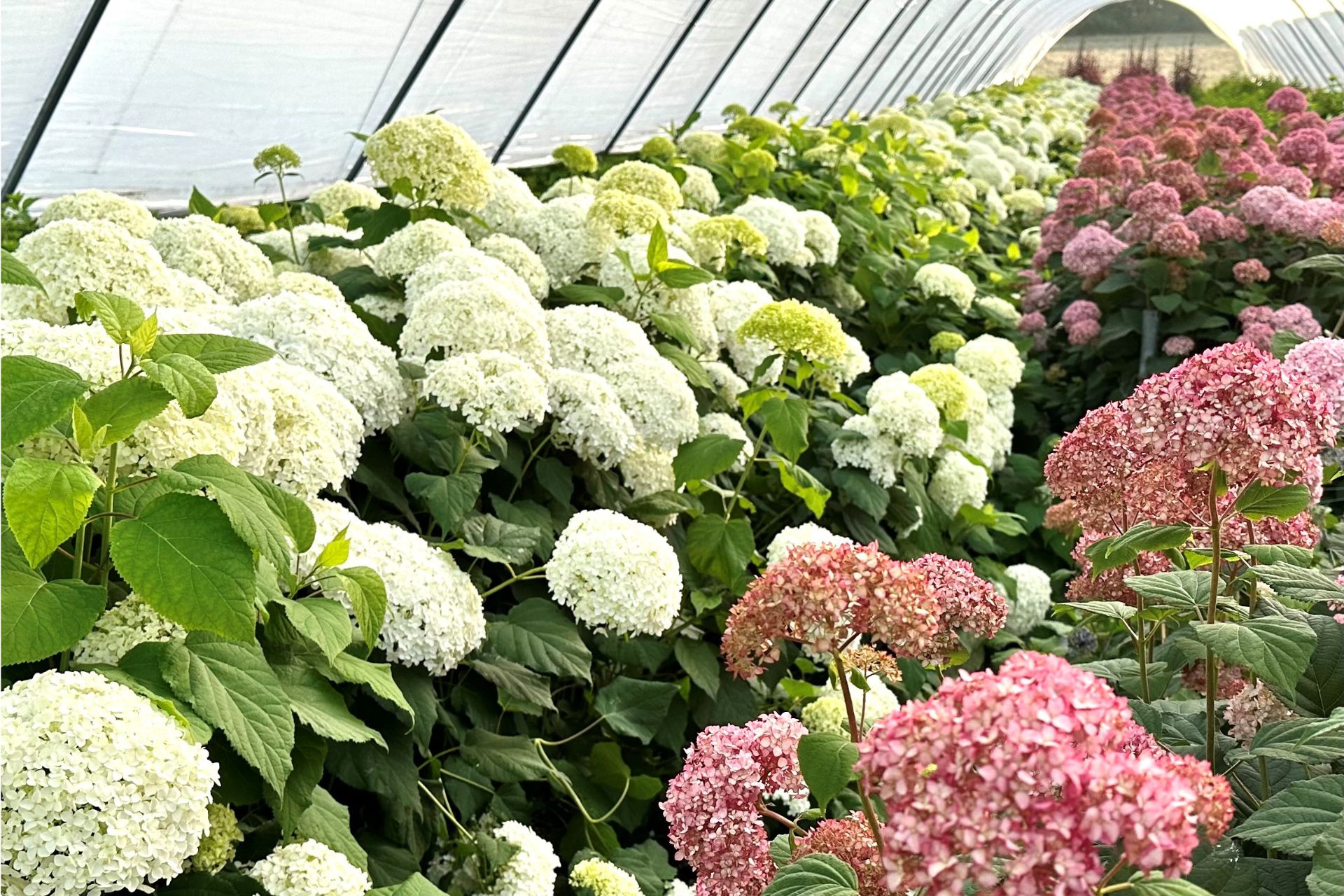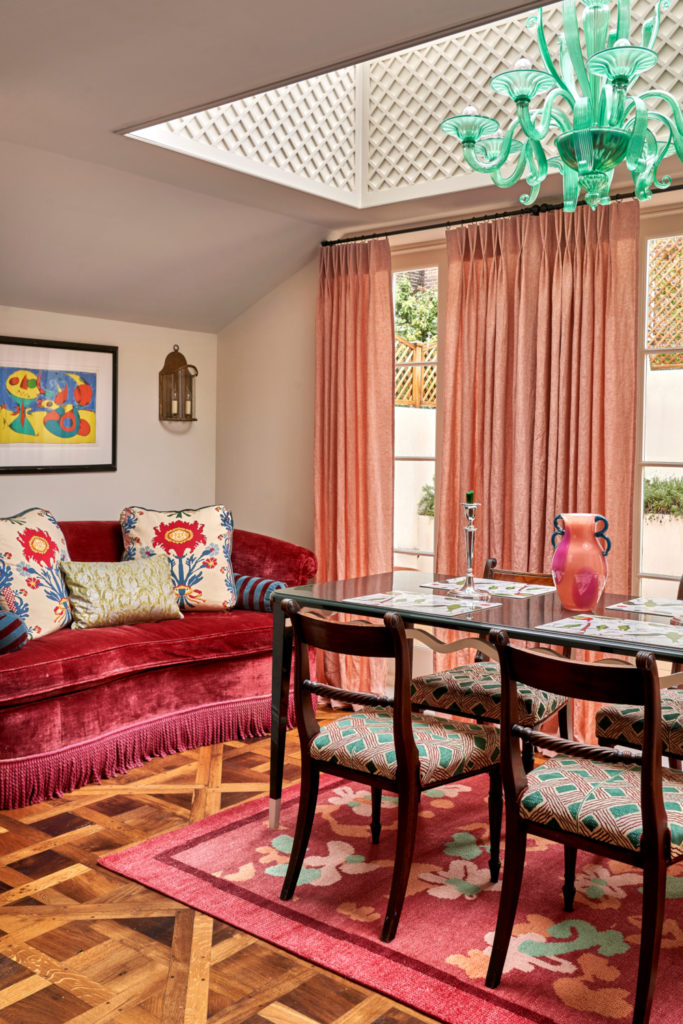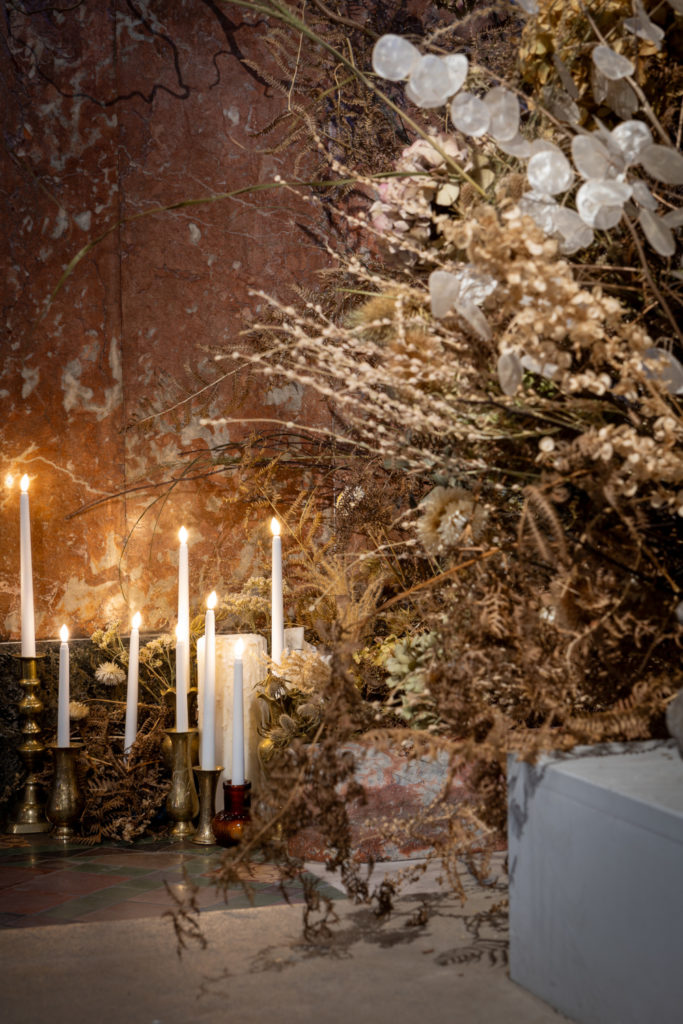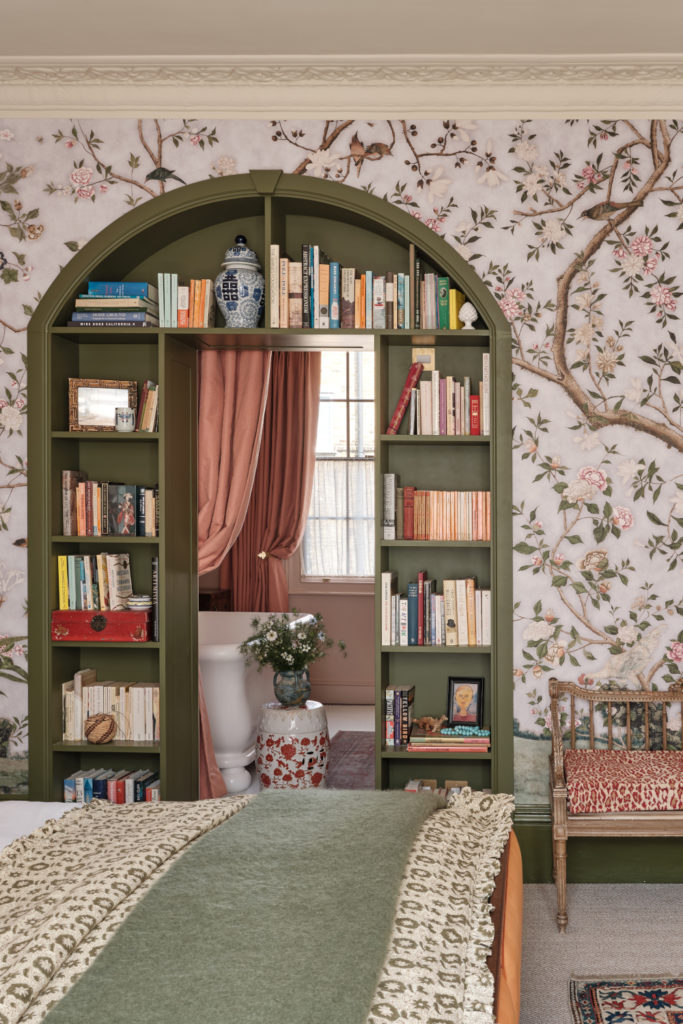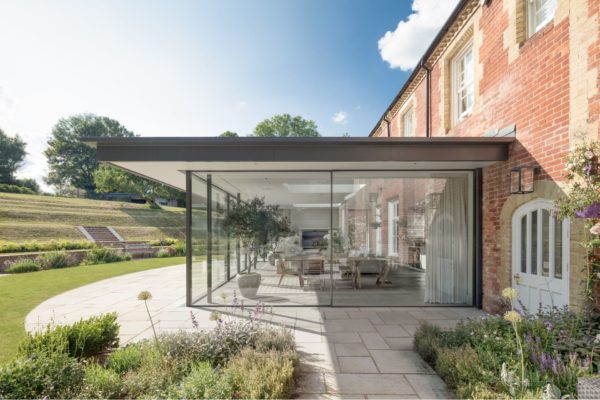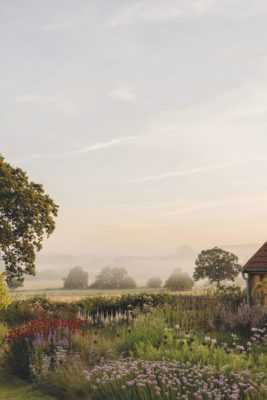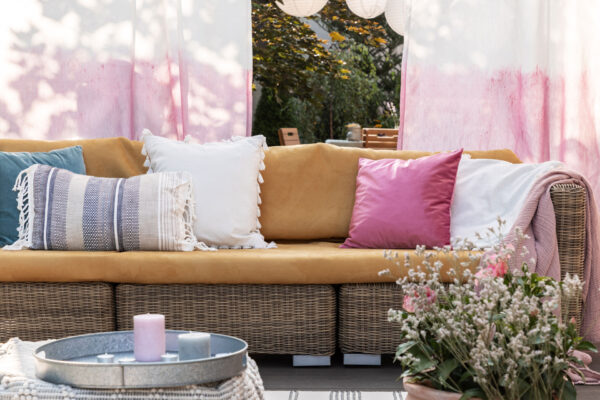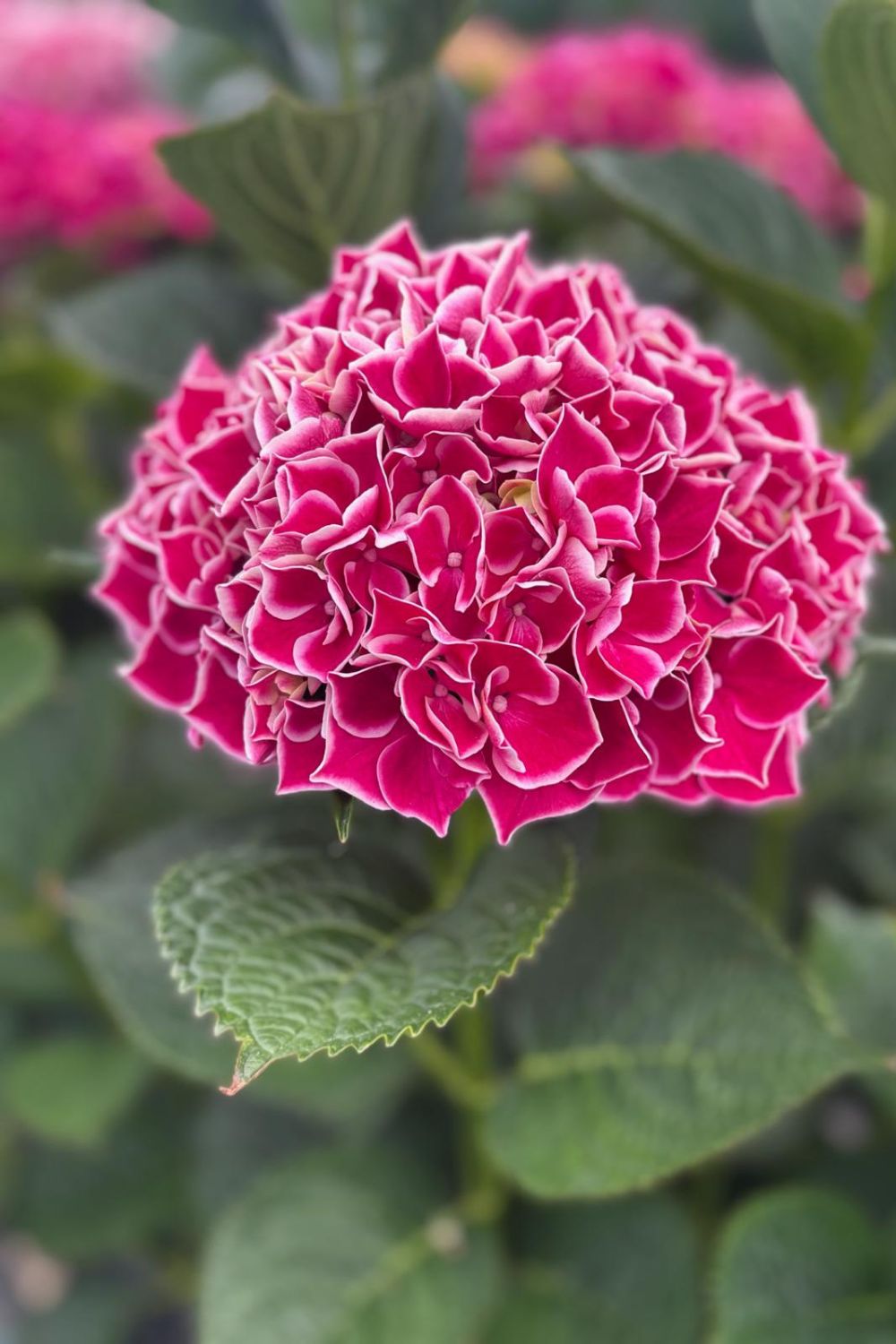
Rosebie Morton’s August Gardening Guide For 2025
By
5 months ago
Top gardening tips from the founder of The Real Flower Company
Wondering how you can breathe some fresh life into your garden? Rosebie Morton, founder of The Real Flower Company, shares her tips. Here’s your August gardening guide.
Gardening In August: The Month Of Hydrangeas
If you are underwhelmed with how your garden is looking or perhaps your containers are lacking interest, then it’s worth contemplating a Hydrangea. These beauties come into their own from mid-summer and continue to flower throughout the rest of the year. They can vary in size from a small shrub to almost tree sized and there is a variety to suit every location and soil. They are undemanding and long lasting, tolerating light shade to full sun. However, the name “Hydrangea” means water vessel in Greek, and it is a very appropriate name for them because they are thirsty plants so don’t forget to water them especially when newly planted.
Hydrangeas can be round headed in flower such as microphylla or arborescens, or flatter headed like the lace caps – serrata and villosa types. And then there are the cone shaped paniculatas which are really taking centre stage at this time of the year, displaying a mass of frothy white-green flowers.
When it comes to Hydrangeas, colour variance is a whole topic by itself. The mop headed and lace varieties will be blue in colour if the soil is acid, purple if only lightly acid and pink if growing in alkaline conditions. The colour is dictated by the aluminium present in the soil; in acid soils, this becomes soluble and gets absorbed by the plant producing blue pigments. White, green and red colours are unaffected by soil type. However, depending on maturity, Hydrangeas may start pure white but age to green, pink or an antique colour.
One of the most popular and iconic varieties is Hydrangea Annabelle, which is a large round headed, white flowering plant growing to about 1-1.5m in height. The flower heads can be up to 30cm in diameter which is a sight to behold. Annabelle can look magnificent in a pot on a patio, balcony or terrace. If you are growing in a container then plant in a mix of two parts John Innes No3 and one part multipurpose peat free compost. The best time to plant is springtime but if you really soak the plant first you can get away with planting at any time as long as you keep it well-watered. Ideal location is light shade but Hydrangea Annabelles like most Hydrangeas will tolerate full sun if the soil does not dry out too much. The sheer size of the flower heads of Annabelle mean that you may need to provide support to stop the stems snapping. Once flowering is over, leave the flowers to fade from white to green to a tan colour and these can be left to provide winter interest. Pruning is done in the spring; prune right down to a few centimetres to a strong bud. Some people leave a few stems a bit taller to provide structure to support the new shoots.
Hydrangea paniculata limelight is another very popular and easy Hydrangea which can grow up to a 2m impressive shrub ideal for a semi shady area with moist soil and requires the same pruning as Annabelle.
The macrophyllas, also known as big leaved or French Hydrangeas love morning sun and afternoon shade, perfect for planting under trees. If happy they can reach 3m in height. This variety is synonymous with seaside gardens, producing impressive large domes of mainly (thanks to the soil) blue flowers. Prune in spring, as unlike Annabelle, macrophyllas flower on second year wood so only prune down to the first set of strong buds otherwise you will not have any flowers!
Hydrangea villosa, serrata and quercifolia are all worth growing and look fantastic in a woodland setting and require the same pruning as macrophyllas. However it is worth taking out about a third of the shrub down to the ground to encourage new growth. Finally there are the Hydrangea climbing varieties – petiolaris makes an impressive sight up a north or east facing wall and can grow up to 12 metres. Hydrangeas will undoubtedly fill your garden with flowers and provide that late in the year colour and interest when it is most needed.



